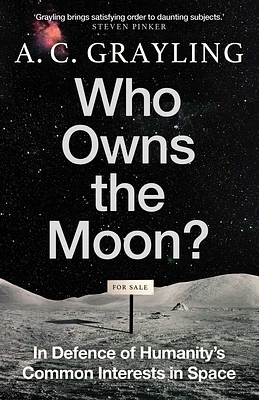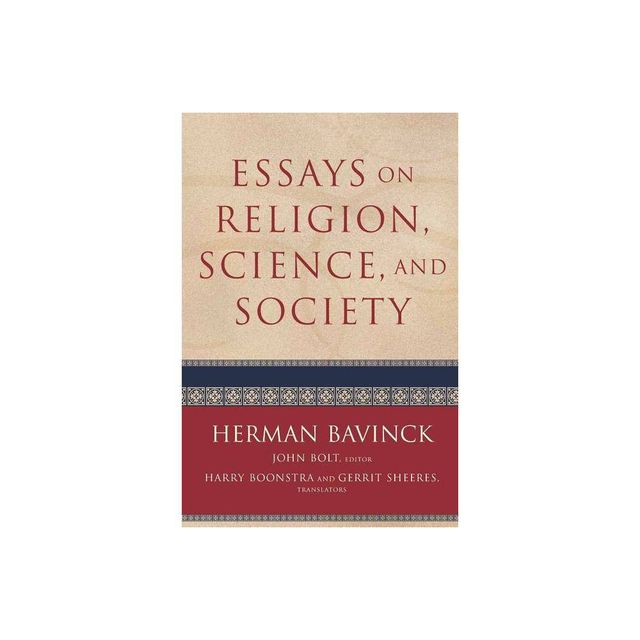Home
Science for Living- 5 Science Topics of Common Interest to Religion and Society
Loading Inventory...
Barnes and Noble
Science for Living- 5 Science Topics of Common Interest to Religion and Society
Current price: $250.00


Barnes and Noble
Science for Living- 5 Science Topics of Common Interest to Religion and Society
Current price: $250.00
Loading Inventory...
Size: OS
*Product Information may vary - to confirm product availability, pricing, and additional information please contact Barnes and Noble
In Gobekli Tepe' near Urfa, an ancient city in southeastern Turkey, stand 11,000 year old concentric rings of old massive T shaped pillars. The carvings by prehistoric, pre-agricultural people emphasize predators, and vultures in particular are even more prominent. Archaeologists and anthropologists believe that the vultures represented the aspiration of humans to reach high into the heavens. If the scientific thought and technological output is a measure, science has been in the same pursuit along with religion or perhaps before it, even in Gobekli Tepe. While scientific topics remain at the core of human curiosity and spirituality even today, modern science has advanced tremendously, particularly over the last two centuries, leaving the general public unconnected with science. While, the public have benefited increasingly from the technological fruits of science and science has become an integral part of their life, they have been increasingly unaware that science provides real and accessible answers to personal and societal questions. In some circles, this has bred distrust of science and its process, where personal questions are concerned. To those involved closely with science, the scientific knowledge and effort are inspirational and the scientific understanding of Nature creates a sense of awe. This book attempts to give a sense of this scientific knowledge in basic science topics while providing a social and religious context. It demonstrates to the readers that science progresses with integrity in methodology and arrives at conclusions that are robust and yet open to modification. By familiarizing the readers on the science discoveries in major areas, the book is intended to persuade the reader that science takes the high road to finding knowledge and therefore is to be trusted in its conclusions, when one is confronted by apparent contradictions or denials from personal, cultural and religious perspectives. Even for the section of people who are very religious, it is shown that, in most areas, religions are not against science and do not deny scientific conclusions. With a unique approach of describing the development, the methods and the content in each topic and then following it up with religious or social perspectives on the science, the book is a guide to understand the importance of science in one's personal life and how integral it is to that life. This way, the book attempts to achieve parity of science with religion and spirituality which, in many societies, have a tremendous influence in daily life. In the introductory chapter of this book, the history of sciences and the past and current social perspectives are presented. The main body of the book takes the reader through five science topics of common interest to science, society and religion: Evolution, Medicine and Healing, Order and Disorder, Space and Time and Cosmology. Each chapter presents the historical background and introduces the fundamental scientific concepts involved on one topic, with details to get a correct understanding of the science of that topic. The subject is presented in such a way that average readers would appreciate the science, and more complicated details are given separately for readers who interested in such details. The book differs from usual popular science books in not oversimplifying concepts so that these are not misunderstood. With each topic, the conflict and agreement with Christianity, Hindu and Islamic viewpoints and an assessment of society's response are presented. The book notes or summarizes scholarly discussions and presents the simpler public discourse influenced by religious belief and scholarly debates. The final chapter discusses why science needs to be integrated in daily life by everyone and how this can be done. It advocates adoption of the scientific attitude in individual, public and corporate matters, since this leads to the way of conducting one's life with integrity and respect.


















